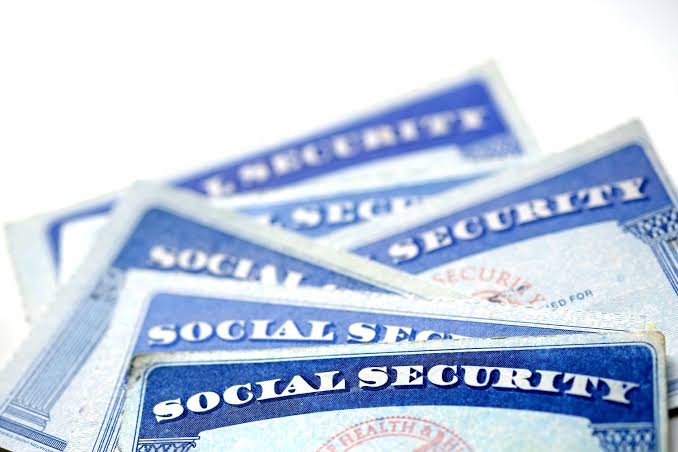Could Americans actually see $5,000 checks in their bank accounts under former President Donald Trump’s potential second term? That’s the question creating a buzz online and on cable news. The source of the excitement? A proposal tied to the so-called “DOGE Dividend” — a plan Trump has floated that would distribute stimulus payments to taxpayers based on federal cost-saving efforts.
But before you start planning how to spend that cash, economic experts and tax policy analysts are urging caution. Here’s a deep dive into what the DOGE plan actually is, what economists are saying, and how likely these massive checks really are.
What Is the $5,000 “DOGE Dividend”?
The “DOGE” in this case doesn’t refer to cryptocurrency, but to the Department of Government Efficiency, a Trump-backed initiative aimed at slashing federal waste and improving productivity. Under this plan, Elon Musk was tapped to help lead the charge in finding $2 trillion in savings over 18 months.
Here’s where the “dividend” comes in: Trump has proposed giving 20% of those savings — about $400 billion — directly to taxpayers, which would work out to about $5,000 per eligible household.
But there’s one big catch: that money has to be saved first. As of now, DOGE has only reported $55 billion in identified savings, far from the ambitious $2 trillion target.
Do Economic Conditions Support Another Stimulus?
Economists argue that traditional stimulus checks are designed for times of crisis — like the COVID-19 pandemic — to jumpstart a stalling economy. Right now, GDP growth is steady, unemployment is low, and consumer spending is relatively healthy.
Jacob Channel, senior economist at LendingTree, says the case for emergency stimulus just isn’t strong at the moment. “A broad-based stimulus check doesn’t make sense in today’s economic climate,” he explains. The Biden administration has also focused more on targeted support programs instead of blanket payments.
Can Congress Even Approve It?
Even if Trump returns to the White House and pushes for the DOGE dividend, he can’t do it alone. The plan would need to pass through Congress — and that’s a big hurdle.
With lawmakers currently focused on national debt reduction and controlling inflation, there’s little appetite in either party to approve a massive new spending program. Even fiscally conservative Republicans have expressed skepticism about the math behind DOGE.
Plus, Congress would have to verify the actual savings — not just estimates — and determine how to legally distribute the money. That’s a process that could take months or even years.

Will You Qualify — And Could It Be Taxed?
According to early proposals, the DOGE dividend would likely go only to households that paid federal income taxes in the previous year — meaning those earning under $40,000 a year might not qualify. That could leave out a large chunk of low-income Americans.
And there’s more: if the dividend is classified as ordinary income, it could be taxed by both the federal government and your state, especially in places like California or New York. In those cases, the $5,000 check could shrink by 10%–13% or more after taxes.
What Are Experts Saying?
Tax professionals and economists are mostly calling the idea unlikely and premature. Armine Alajian, a CPA and tax expert, said in a recent interview: “Until we see verified savings and legislation backing this up, it’s just a campaign promise. Nothing more.”
Even Elon Musk, who was initially involved, has since distanced himself from DOGE, further weakening the proposal’s momentum
Bottom Line
The idea of a $5,000 stimulus check under a Trump-led administration is generating headlines, but experts warn it’s mostly political theater at this point. While the DOGE Dividend is an interesting concept tied to reducing government waste, there are significant financial, legislative, and logistical hurdles that make its approval — and execution — highly unlikely in the near term.
If you’re hoping for another round of stimulus money, you’re better off keeping an eye on state programs or targeted aid rather than banking on a large federal payout. For now, the $5,000 check remains more promise than policy.



